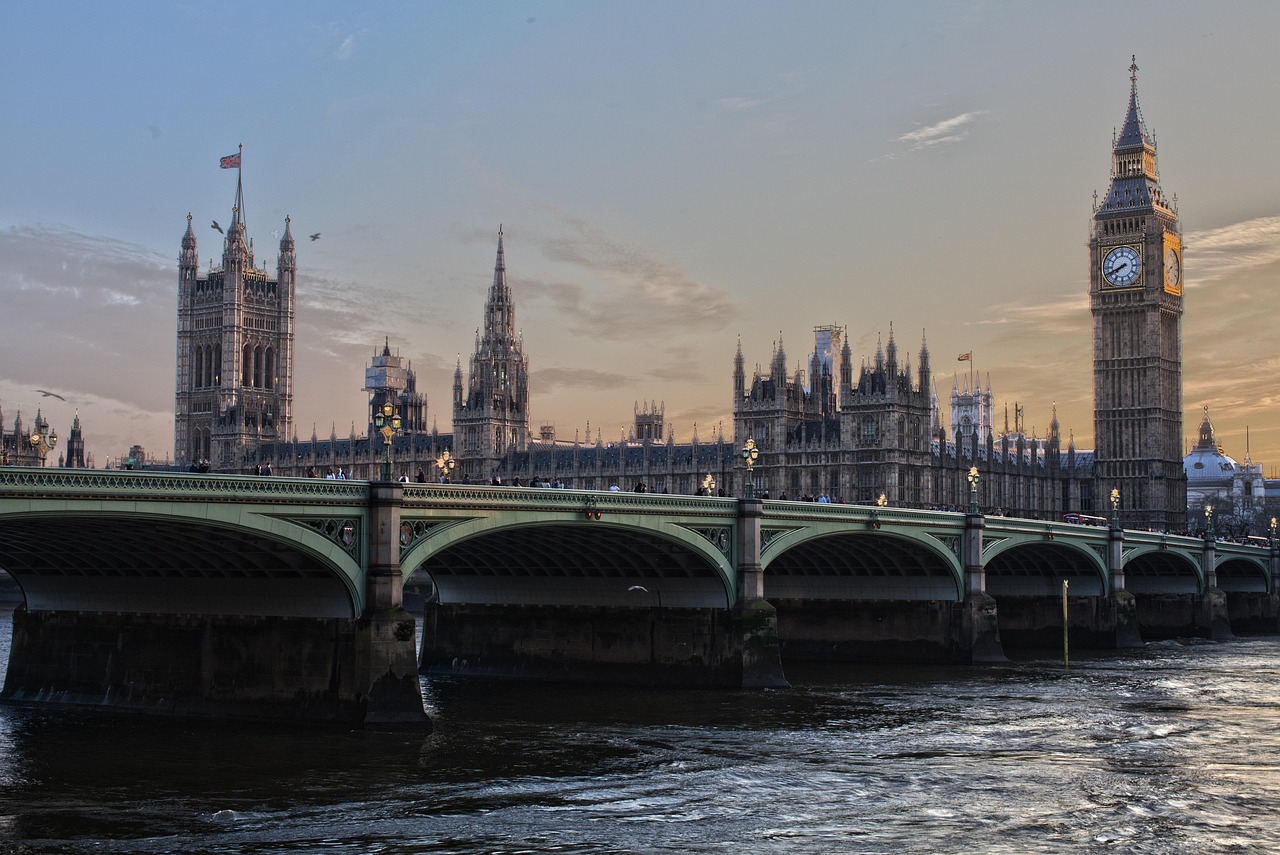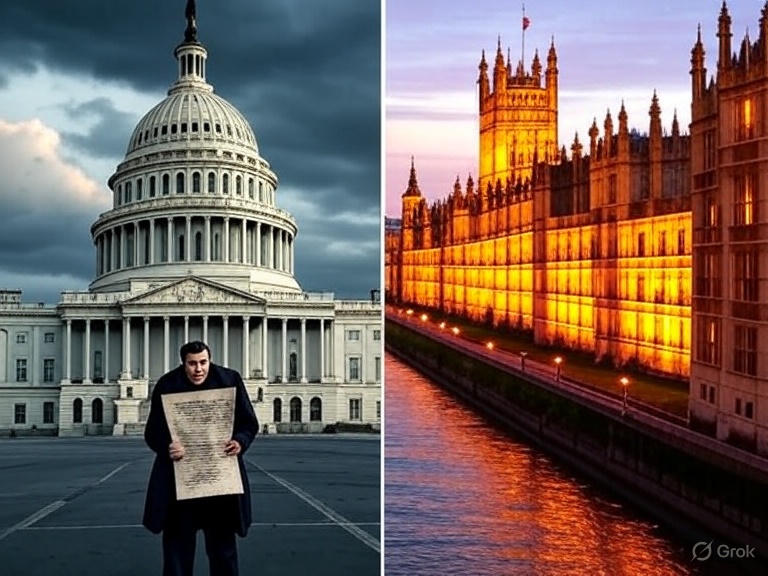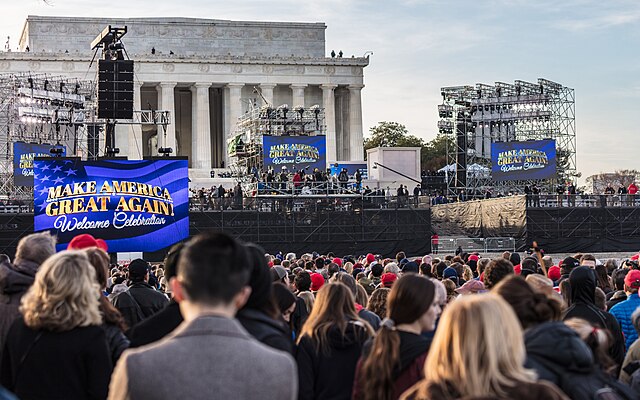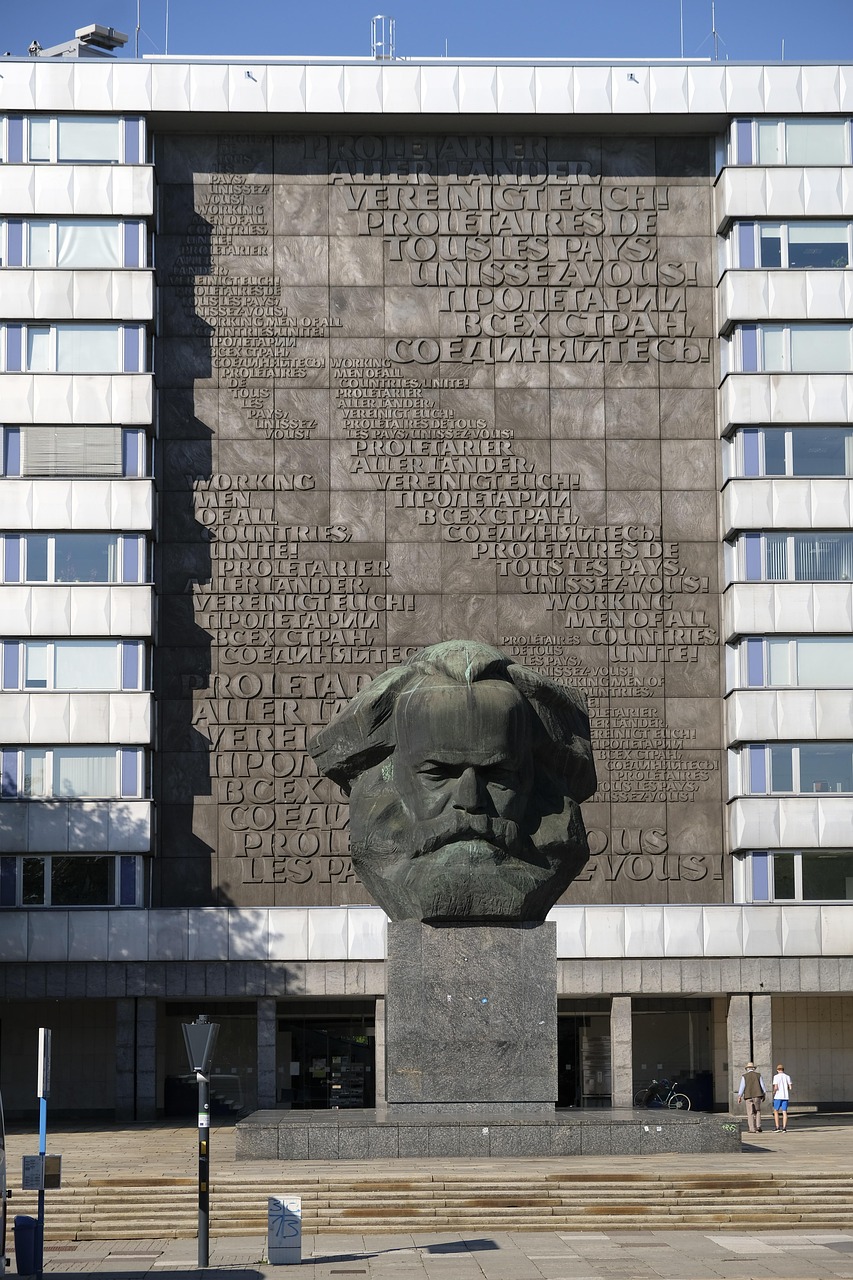In April last year, Boris Johnson announced ambitions for nuclear power to provide 25 per cent of the country’s electricity by 2050. Two Prime Ministers later, the need for a secure domestic supply of energy could not be more critical, and yet, politicians continue to shy away from the prospects of increasing our nuclear energy supply.
Unfortunately, our current capacity to generate nuclear energy is far below what it ought to be. According to the Nuclear Atomic Energy Agency, the UK ranked 13th for nuclear energy supplied in 2021, simultaneously failing to reach the top 15 in a ranking of the percentage of total energy generated by nuclear in the same. Our current fleet is also in a sorry state; despite efforts to prolong the lifespan of current stations, only one of the UK’s reactors will remain functional by 2030.
Against the backdrop of what seems to be an inevitable collapse in supply, demand for clean energy sources is only set to continue to rise, as the UK Government seeks to fulfil its mandate of Net Zero by 2050, and businesses and households alter behaviours accordingly.
If the UK Government is serious about achieving both its Net Zero ambitions whilst keeping energy costs down for households and ensuring that we have a secure supply of energy, nuclear energy presents one of the most pertinent options available. Not only is it a reliable source of emission-free electricity, unlike some renewables, production can be guaranteed 24/7.
Additionally, the impact on employment is profound, creating a suite of construction jobs in the immediacy, as well as permanent, high-skill roles in sectors such as engineering and maintenance. The current Sizewell-C construction site itself has brought in approximately 4,000 workers.
“But nuclear power plants take years to build and are incredibly expensive. Our energy needs are now.”
This has been a rebuttal against nuclear used by politicians. But large power plants like Sizewell are not the only way that nuclear reactors can be built. Small Modular Reactors (SMRs) offers the UK a means of creating new nuclear energy quickly and cheaply. Prefabricated SMR units can be factory built before being sent to a designated site, including sites where conventional nuclear power plants could not be built.
Fortunately, the Government has acknowledged the benefits SMRs could bring, outlining in The Ten Point Plan and Energy White Paper that it intends to deploy a first-of-a-kind SMR by the early 2030s, and has begun earmarking sites accordingly.
SMRs represent the UK’s greatest opportunity to not just replace our nuclear energy power supply sources but expand the amount of energy generated via this method.
However, several challenges exist which threaten their creation. Firstly, is regulatory: including certification of design, construction, and operation licenses costs, as well as an initial regulatory justification. This assesses social, economic, and other benefits in comparison to health detriments. These regulations exist for conventional nuclear plant development and will likely be the mode for SMRs.
Secondly, and just as crucially, is combatting the image of nuclear power. Politicians and citizens alike have argued such projects are complex and costly, with disasters such as Chernobyl, Fukushima or Three Mile Island often springing to mind.
SMRs offer a route to help restore the image of nuclear energy, being more efficient than conventional reactors, providing economic benefits and provide safe, clean energy.
If the UK wants to secure its energy supply, successfully achieve its Net Zero ambitions, and simultaneously ensure prices are kept low for households, nuclear energy is the most tangible method to do so, and what better way to demonstrate its worth than through SMRs.
The debate must no longer be about what value can nuclear provide, but rather, why are we not utilising it more.















